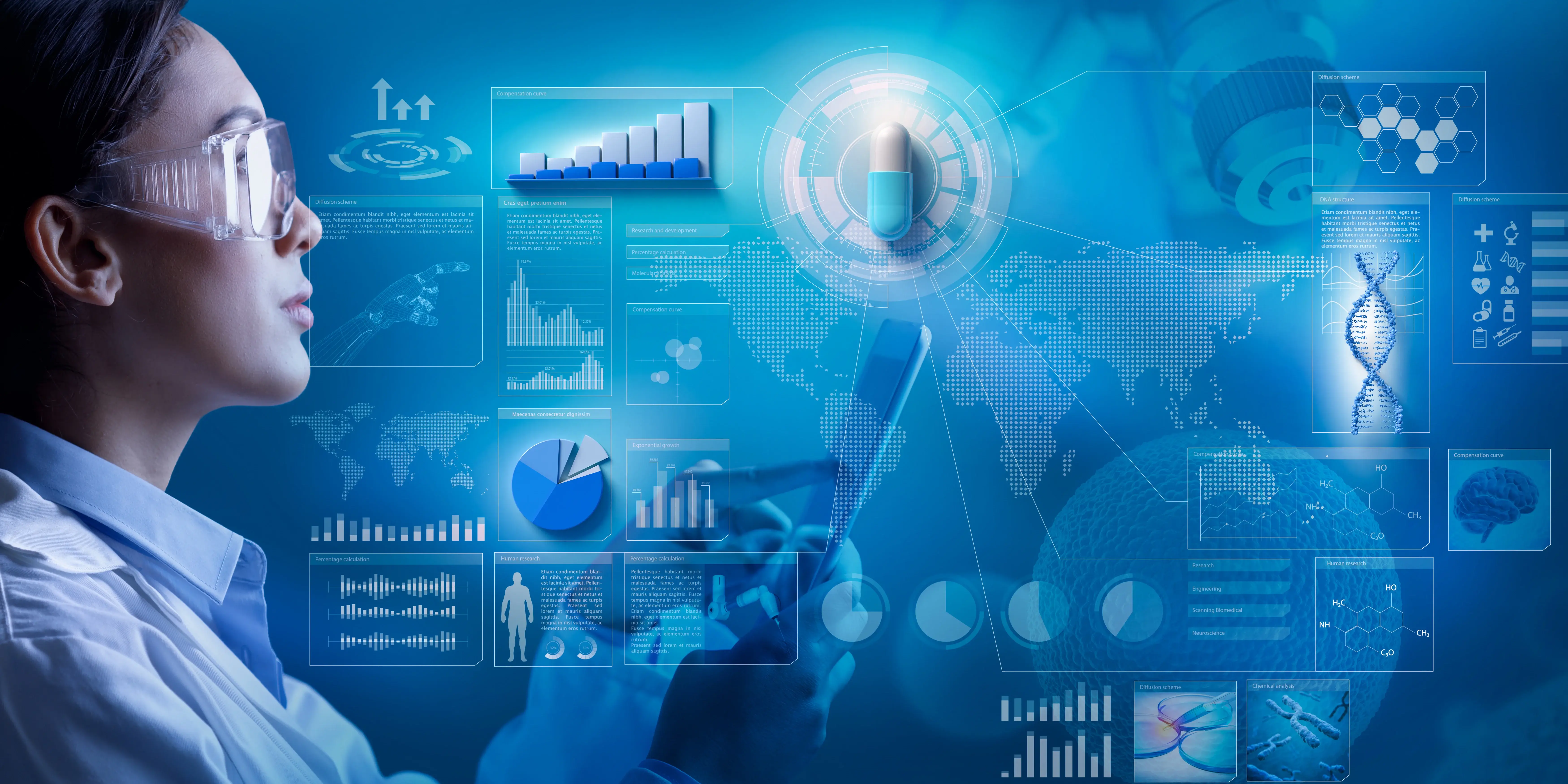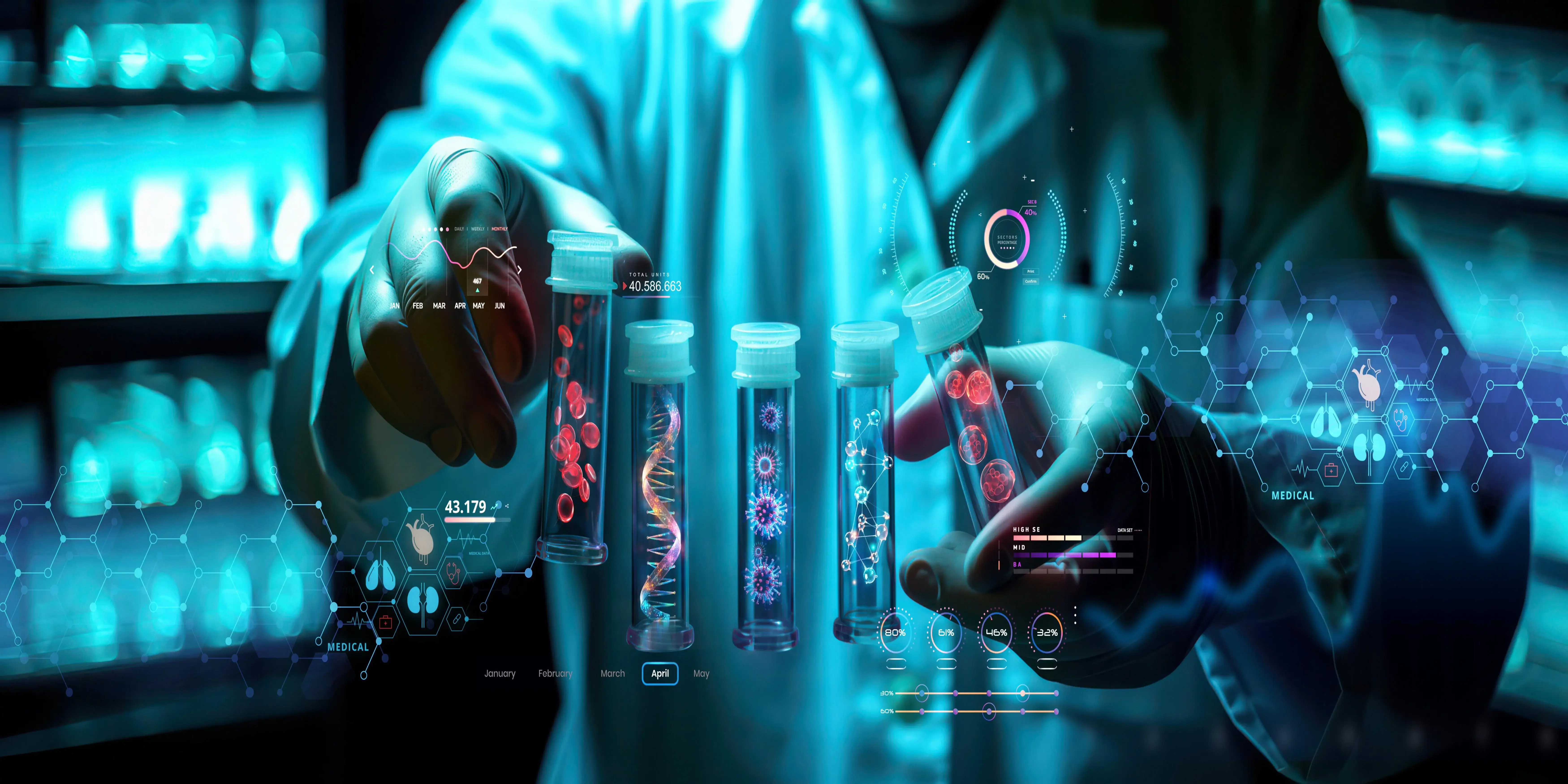Biobanks are critical resources in the collection, storage, and management of biological samples and their related data for purposes of scientific research. They have great value to present-day medicine, which contributes vastly toward better and deeper comprehension of diseases, generation of new treatments, and improvement of public health efforts. This paper covers every aspect of biobanks-from their use in research activities, the moral issues related to applying the concept, to their potential in the future. As reliance on personalized medicine continues to grow, biobanks themselves serve as a source of infrastructure capable of meeting diverse needs for different research, integrating genetic, environmental, and lifestyle data into an all-encompassing view of health and disease.
Population Biobanks
These focus on recruiting samples from large population groups to study the spectrum of genetic variants and health patterns in different populations. An example is the UK Biobank, which has recruited over half a million participants. Beyond the massive amount of data, biobanks can provide for genetic analysis, it also facilitates researchers to investigate interactions between genetics and lifestyle factors in understanding health disparities and disease prevalence.
Disease-specific biobanks
These biobanks focus on samples of individuals who have specific diseases, which enables research on the said conditions to be very extensive. For example, cancer biobanks can obtain tumor samples from patients with various types of cancer. While focusing on specific diseases, biobanks can enable the validation of biomarkers and therapeutic targets; thus they are important in the quest for precision medicine. For example, Alzheimer's disease biobank research has been crucial in coming up with early detection methods and intervention approaches.
Clinical Biobanks
Such biobanks are linked to clinics and hospitals, from which they collect samples from patients as part of the normal medical care provided. Their goal would be to make tailored treatment strategies more effective by linking biological data with clinical outcomes. By associating clinical data with biological samples, such biobanks raise the accuracy of understanding disease mechanisms and how treatments work, thereby presumably bridging the gap between laboratory research findings and those at the bedside.
Advancements in Medical Research
Biobanks have greatly transformed the sector of medical research
Biobanks have brought a revolution in medical research since they offer a much-needed tool for comprehensive investigations for researchers. It does indeed allow scientists to assess the intricate relationships among environment, genetics, and illness. For instance, biobanks-based research led to several critical advancements in pharmacogenomics, proteomics, and genomics. Due to this revolution, it is now possible to identify novel therapeutic targets and biomarkers that can be utilized in clinical practice for positive influences on patient outcomes.
Facilitating the Development of Drugs
Biobanks are a central aspect of new drug development. The integration of clinical data with biological samples has been useful to scientists in the location of the disease biomarkers and possibly the drug targets. This information is hence essential in developing new drugs and getting the currently available drugs tailored to specific groups of patients. Biobanks also support clinical research by identifying the appropriate candidate, and so the process of developing a drug is effective. It is possible now to test new therapies with far greater accuracy and efficiency, using stratified clinical trials designed with data from biobanks.
Biobanking: Ethical and Other Concerns
Probably, the greatest ethical issue involved with biobanking is the issue of informed consent. The participants need to be adequately enlightened about their rights over the biological material, the risks associated with the experiment, and how the samples will be used. There should be explicit procedures adopted by the biobanks to ensure that permission is sought ethically and candidly. This calls for giving any interested donor all the information required to help him or her make an informed decision and allowing him or her an opportunity to ask questions. The participant's feeling of respect and value is crucial in the pursuit of retaining public confidence in biobanks.
Technological innovations
Biobanks are likely to be remarkably affected by technological advancements in the future. Such resources are, therefore, strengthened by advancements in data processing and sequencing as well as in biobanking infrastructure. For example, artificial intelligence can be coupled with machine learning to enhance sample processing in addition to identifying genetic variations associated with diseases. Probably, such resources would become even more valuable for researchers with advancing technology. It will, therefore, bring innovations like digital biobanking platforms that further allow the collection and sharing of large datasets in ways that can more efficiently improve the analysis ability of big data.
Global Collaboration
The full potential of biobanks will only be achieved when countries collaborate. Cross-border samples and data exchange will accelerate research; thus, it would allow the performance of studies that would not have been possible within one institution or even in the country. International research endeavors and setting up standardized methods are the goals of collaborative projects such as the Global Biobank Network. These partnerships will provide innovations that benefit a wide range of communities and contribute to a better understanding of the problems going on in global health. With sharing resources and knowledge, biobanks are well-positioned to help find ways of solving critically pressing health challenges all over the world.
Regulatory Frameworks
With the growth of the biobanking sector, regulatory strength will be more critical. To facilitate research more effectively, the rights of individuals need to be protected through regulations evolved by governments and institutions. Some of the important issues in the consent, sharing of data, and appropriate application of biological materials have to be taken care of. A well-defined regulatory landscape will ensure transparency and ethics in the functions performed by the biobank, thus resulting in higher public trust and participation.
Public Engagement and Education
Advanced science through Biobanking
To ensure sustainability, public involvement, and education will be of considerable importance for biobanks. Through education, people may also become inclined to register more because they understand how biobanks improve medical science. Public education ventures should continue focusing on the good that biobanking can achieve regarding scientific progress and hope to improve health outcomes for future generations. The impression of the biobanks in developing goodwill and acceptance among the participants can diversify support for biobanks. Building trust with community leaders will open up a more inclusive approach to biobanking.
Ethical Challenges in Biobanks
The general ethical landscape for biobanking is complex, involving issues such as informed consent, privacy protection, and fair access. The negotiation of such issues must, therefore be adequately done to keep up the ethics of research procedures as well as a position of public trust maintained by biobanks. Continuous discussion between ethicists, regulatory bodies, and the community will thus contribute to constantly solving emerging ethical dilemmas. Public forums and educational campaigns can foster understanding and expose biobanks to their accountability towards the communities they serve.
Conclusion
Biobanks play a critical role in medical research by providing special resources that spur innovation and scientific discovery. They hold such enormous promise for improving public health results and for the design of targeted medicines that reflect far deeper understandings of health and illness. Fundamental questions of ethical principles regarding informed consent, privacy, and equity in the use of biological materials must be addressed to gain public confidence and accountability. In the future, biobanks will be shaped by the influences of technology, international cooperation, and public involvement to guide the world along a healthy life course. Moving forward, biobanks must evolve to meet the needs of users and the community so that benefits from biobanking can be drawn upon for generations to come.



